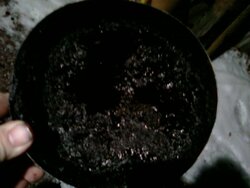OK here it goes..
yes the wood is dry....3 years
I have a lopi lyden with about 12 feet of single wall to the cealing then insulated the rest of the way.. But I seem to be cleaning the pipes way more then I think I should..
The only thing I can think of it a leek in the pipe? Would this introduce cool air and give me the creosote problem I seem to be having
yes the wood is dry....3 years
I have a lopi lyden with about 12 feet of single wall to the cealing then insulated the rest of the way.. But I seem to be cleaning the pipes way more then I think I should..
The only thing I can think of it a leek in the pipe? Would this introduce cool air and give me the creosote problem I seem to be having


